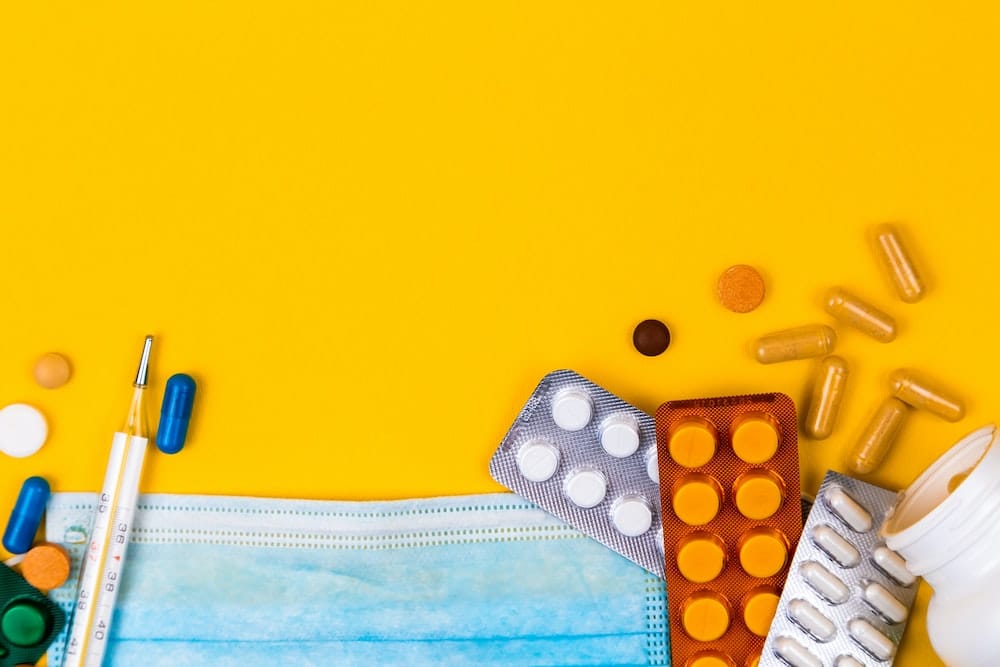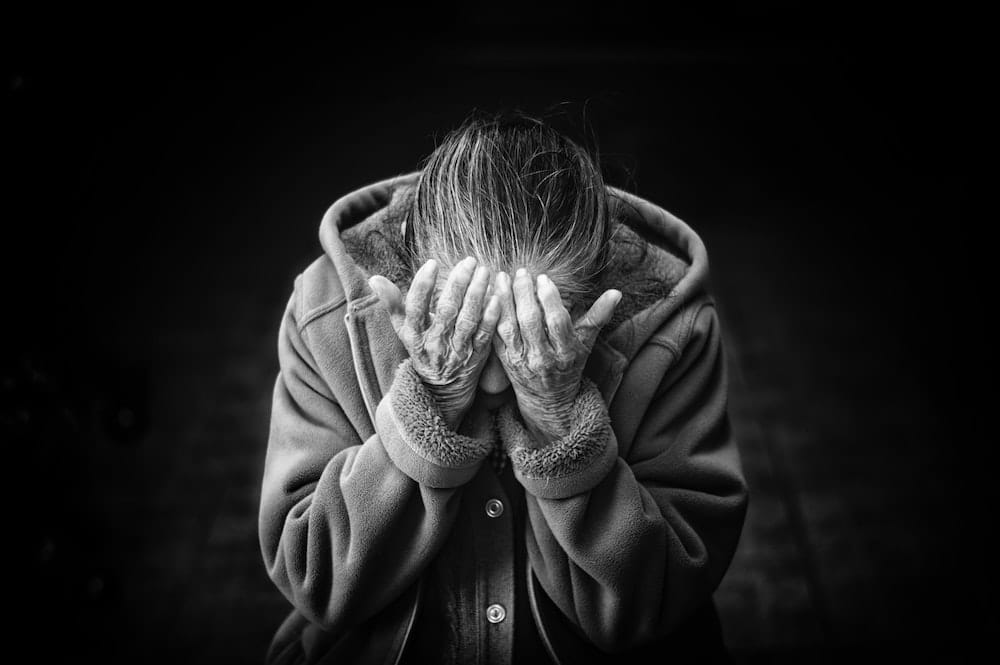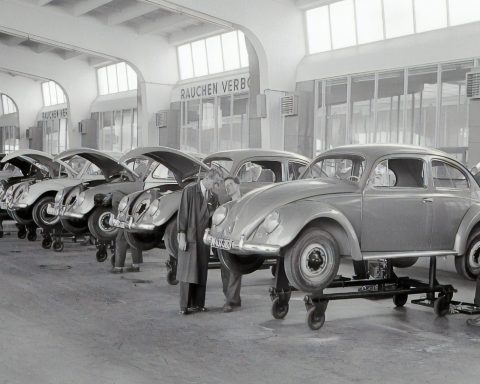
I have a few very clear memories of lockdown. I remember my drive to work that was striking for its silence, an eerie quiet haunting with its absence of normality. I remember one morning, when I passed no cars at all and listened to the radio where the reduction in urgent cancer referrals was discussed.
My first call that day was to an elderly man. I was struck by the palpable fear in his voice when I suggested that he should be referred urgently because I was worried that cancer could be causing his symptoms. Every aspect of what would previously have been a straightforward process had become insurmountable.
“How would I even get there?” he asked. This seemed to be his biggest concern. Would he get COVID from being at the hospital? He was philosophical in his approach — “if there’s something there causing all this and I die from it, so be it,” he said. “But I don’t want to die from COVID.”
COVID has crystallised the importance of patient safety.
Safety. That one word summarises so much of what is threatened by this pandemic. COVID has crystallised the importance of patient safety. Even just a few months ago most patients would not consider their own safety when attending a hospital appointment for tests. They would visit the GP and emergency department without a thought that simply, by being there, they could come to harm. Health and care workers went to work each day without worrying about whether, simply through doing their jobs, they could lose their lives.
Patient safety is the backbone of all that we do. In Of the Epidemics, Hippocrates advised that° the physician must “have two special objects in view with regard to disease, namely, to do good or to do no harm.” A safe health and social care system is a natural extension of this dictum.
The threat from COVID has made it even more important to provide safe care. Huge numbers of people who didn’t even see themselves as ‘vulnerable’ have been defined as such, this sense of fragility further compounded by isolation.1 However, the difficulty is that COVID has also made it harder than ever to provide safe care, both for patients and health and care workers alike and “there is no patient safety without staff safety”.2
Despite recent patient safety initiatives there are still huge numbers of patient safety incidents daily even when we’re not in pandemic crisis.
The recent publication° of Baroness Cumberlege’s report First Do No Harm is a much needed review of three medical interventions: sodium valproate, pelvic mesh and Primodos.4 She describes suffering that was “entirely avoidable, caused and compounded by failings in the health system itself” and her report advocates for radical reform.
So this is my wish for the NHS. Let us be forever proud of the response to COVID. Let us also properly investigate the missed opportunities to prevent transmission and to protect health and care workers. Let us urgently examine the collateral damage that resulted from disruption to care and intervene quickly to reduce further harm. Through listening to those who have suffered, let us improve our understanding of what has gone wrong and commit to developing a safer health care system for all. We owe this to our colleagues who have died and our patients, past, present and future.
References
1. Hartmann-Boyce J, Morris E, Goyder C et al. Diabetes and COVID-19: Risks, Management, and Learnings From Other National Disasters. Diabetes Care 2020 Jun; dc201192. https://doi.org/10.2337/dc20-1192
2. Staines A, Amalberti R, Berwick D et al. COVID-19: patient safety and quality improvement skills to deploy during the surge, International Journal for Quality in Health Care May 2020. https://doi.org/10.1093/intqhc/mzaa050
3. Auraaen, A., L. Slawomirski and N. Klazinga (2018), “The economics of patient safety in primary and ambulatory care: Flying blind”, OECD Health Working Papers, No. 106, OECD Publishing, Paris, https://doi.org/10.1787/baf425ad-en.
4. Cumberlege J. First Do No Harm – The report of the Independent Medicines and Medical Devices Safety Review. [Internet] 2002 [cited 2020 July 10]. Available from https://www.immdsreview.org.uk/Report.html
Featured photo by Volodymyr Hryshchenko on Unsplash








